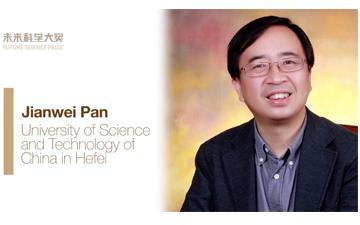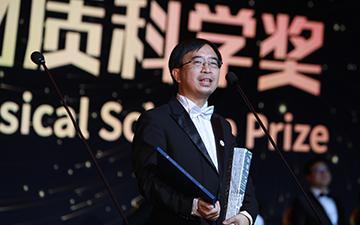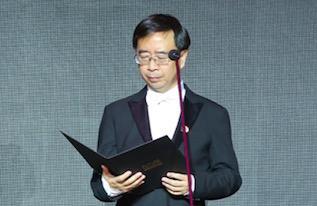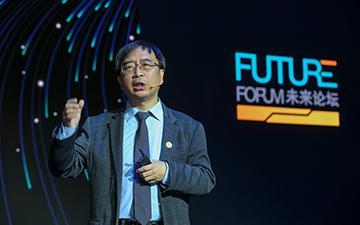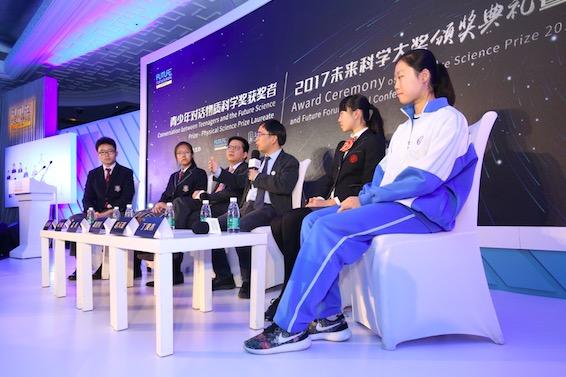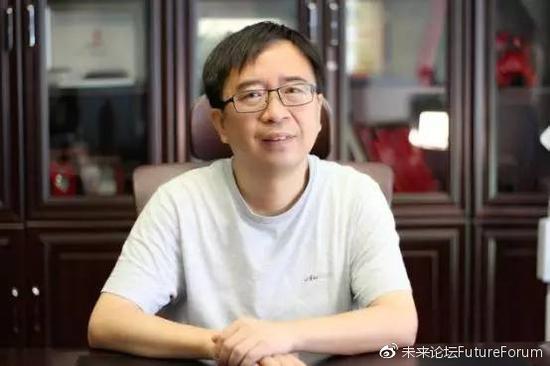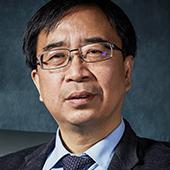
For his innovative contributions to quantum optical technology, enabling practical implementation of secure communication through quantum key distribution.
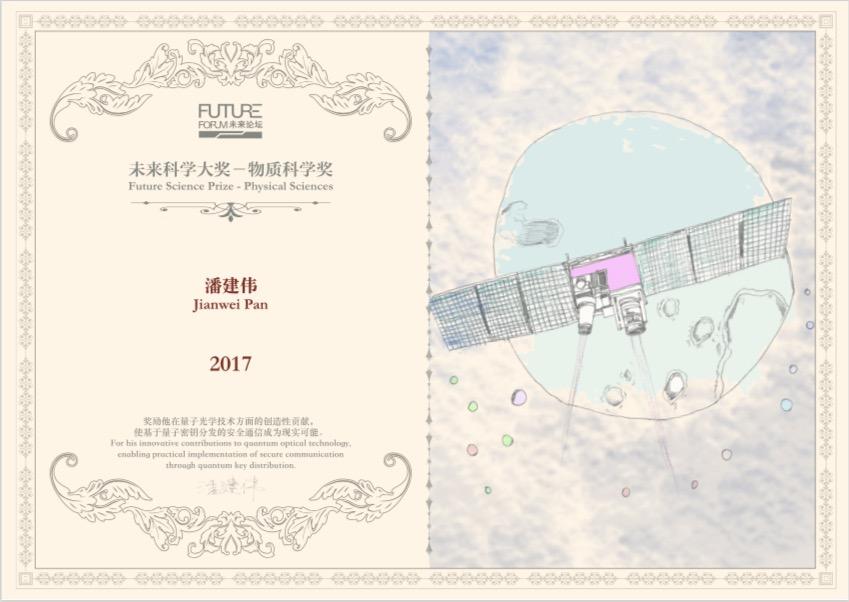
2017 The Physical Science Prize Laureate


Jianwei Pan has led a world-class group that developed a series of innovative quantum optical technologies including indistinguishable single-photon sources, ultra-bright multi-photon entanglement, independent-photon interferometry, and linear optical controlled operations etc, enabling practical implementations of secure communications through quantum key distribution (QKD) at city-wide and intercity scales using optical fibers and trustable relays, and at intracontinental scale using free-space satellite. These developments will eventually lead to quantum networks linking China and the world at all scales.
Secure communication has been sought after by human beings for thousands of years. In modern society, many areas including business and finance, military and national security all depend on encrypted communications. The current methods of encryption such as RSA and SHA communication protocols face imminent threats from emerging quantum computers, which can break them without fundamental limitations and which have been hotly pursued by many groups in the world, including Pan’s. On the other hand, QKD based on the fundamental principles of quantum mechanics offers an unconditionally safe encryption in principle, and provides the ultimate secure communication tool.
Pan’s work has put China in the world-leading position in quantum communication. He and his group first realized the metropolitan quantum communication network in Hefei in 2009 and in Jinan 2012 using optical fibers. In 2016, they developed the world longest (over 2000 km) quantum link between Beijing and Shanghai through a dozen trustable relay stations to fight the decay of fragile quantum signals through the optical fibers. To overcome the security loopholes due to the imperfect photon sources and detectors, Pan’s group developed the decoy-state method QKD and measurement-device-independent QKD based on independent-photon interferometry. The group has also advanced the quantum repeaters technologies significantly that eventually will replace these relay stations, those include developing entanglement exchanges and entanglement purifications, quantum storage and extreme phase-stability. The multiphoton interferometers again play a critical role in all these technologies.
Pan and his group also realized successfully the world’s first two-way satellite-ground quantum link that immediately enables satellite-to-ground QKD over a thousand kilometer scale, with an initial >1kbps success rate. This success relies on high-precision quantum optical manipulations under extreme conditions, such as strong atmospheric turbulence, strong vibration, large temperature variations and effects of cosmic radiation damage. In addition, the group has achieved records in high-spatial resolution and single-photon detection under the strong external backgrounds, as well as high-precision satellite beam acquiring, pointing, and tracking technology.
Jianwei Pan, born 1970 in Zhejiang, China. Ph.D. 1999 from the Institute of Physics, University of Vienna, Austria. Professor at the University of Science and Technology of China.


